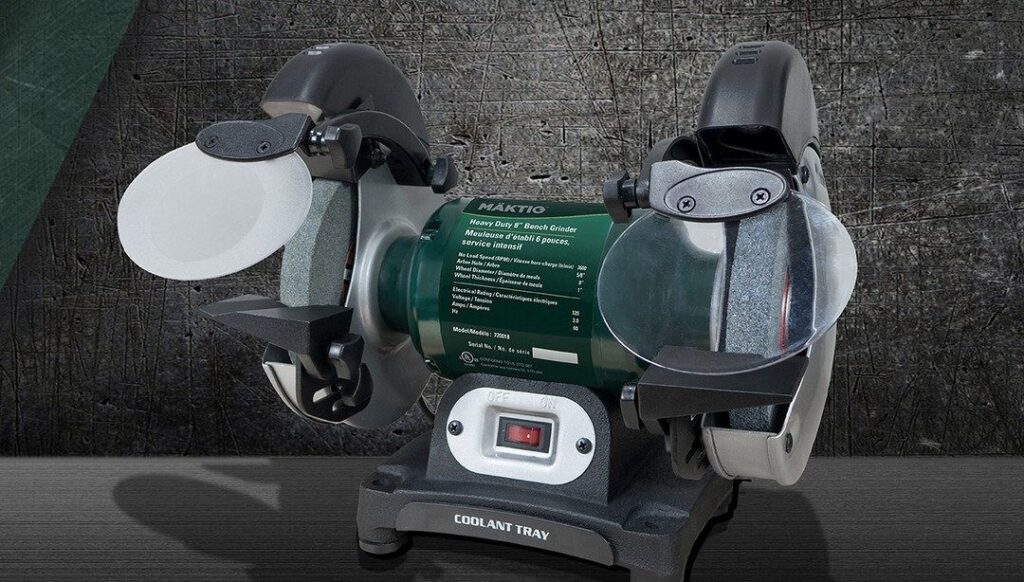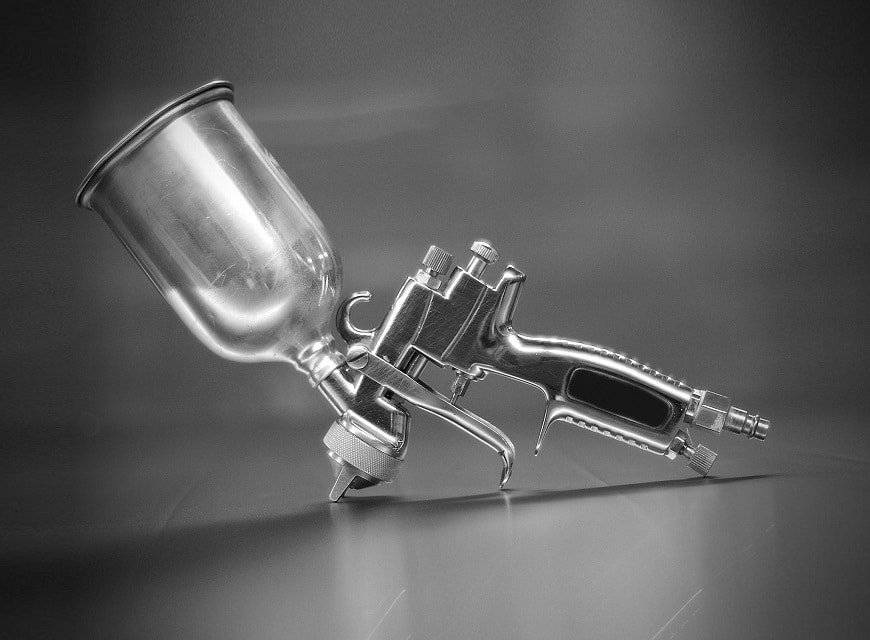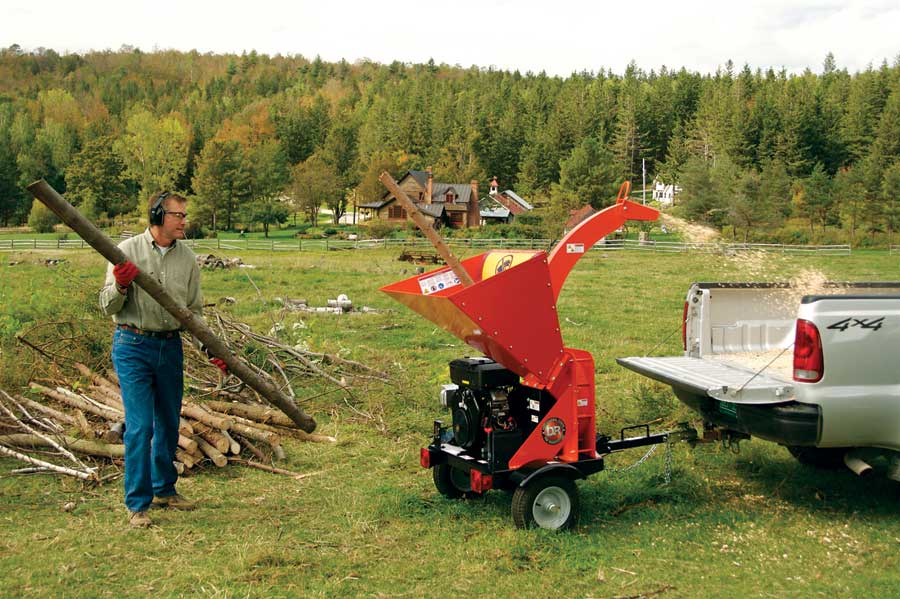Working with a bubble or laser level is difficult at best, and at worst will result in losing track of your level. Plus, conventional laser levels require you to make a new level and keep track of that level every time you move around. The best rotary laser level projects a 360° laser line around a room without needing to make additional guidelines as you work.
We’ve analyzed 27 products to find 5 best with Topcon RL-H5A at the top. We considered the type of laser level as there are interior, exterior, and universal models. The next thing we looked at was accuracy as it will determine how level your lines are. Line visibility is also an important consideration as you need to be able to see the line in both bright and low light conditions. Finally, we made sure that the levels have a self-leveling feature.
The Topcon RL-H5A is the successor to the well regarded RL-4HC. This is a self-levelling electronic rotating laser used to level an outdoor site. Topcon is well known for these types of products and they have a good reputation for reliability under tough conditions. This leveller is simple to use, the feature set is pretty basic which is understandable when you consider that this is the entry level model. However, if you pair this model with the LS-100 receiver (more on this below) you can achieve very accurate results.
With the The Topcon RL-H5A you have a functionally grade or slope feature and a pair of buttons that allow the user to slope the unit along the vertical axis. This will require two people, the operator adjusts the unit and another person holds the laser receiver in position. More elaborate models have a remote control that allows a single operator to perform both tasks at the same time. The laser leveller can be powered with standard D cell batteries or you can opt for NiMH rechargeable batteries and a charging unit which will give you more flexibility on site.
The Topcon RL-H5A can come with an LS-80L receiver or the LS-100mm/inch display receiver. The LS-100 is a step up from the LS-80L because it has a graduated display and a better reception window that makes course levelling faster. Despite having the same basic components as its sister unit the RL-H5B, this leveller is marketed as the more accurate unit. This may just be a clever ploy to sell more units, but the RL-H5A does have a greater range of 800m and an accuracy of +/- 10 arc seconds (around +/- 1mm over 20m). So, perhaps these claims do have merit and the The Topcon RL-H5A
seems to be the better choice when it comes to entry level laser levellers at this price point.
Dewalt is a trusted name in tools and their rotary laser level is no exception from the quality they are known for – but that reputation comes at a serious sticker price. The rotary level is designed ergonomically for easy handling whether you are using it for horizontal or vertical applications. The design also makes it very durable, as the unit is rated to handle a 2-meter drop and is fully dustproof and can handle short immersion in water.
The unit is self-leveling within 5° for easy setup and has excellent accuracy and range once it has started – 1/16-inch tolerance at 100 feet and up to 2,000-foot range with the included receiver. An advantage to this rotary level is that the head has multiple rotation speeds for different site settings. It is adjustable to as low as 150 rpm for use without the detector up to 200 feet away indoors, although in brightly lit rooms users report the visible range is closer to 100 feet. Unlike other rotary laser levels, a rechargeable lithium-ion battery is included with this model and spare batteries are available for purchase. However, the 3-year warranty is somewhat short given the high price and anticipated durability of this model.
This rotary level is the same model as the DW079LR from Dewalt, with the exception that it is constructed with a green rather than a red laser. As green lasers are more expensive to produce, this unit is even more expensive than its already pricey cousin, which makes it a significant investment and difficult to justify the added cost unless you plan to work primarily in situations in which seeing the laser is essential for accuracy. The green laser adds a reported 50 feet of visibility at 150 rpm, to a 250-foot distance, although this will be cut approximately in half in brightly lit indoor rooms.
Besides the laser, this unit shares many of the same advantages of the DW079LR – it has an excellent 1/16-inch accuracy rating and a total range of 2,000 feet, plus rotation speeds that are adjustable between 150, 300, 600, and 1,200 rpm. The dual axis slope mode and 15, 45, and 90-degree scan modes make it extremely simple to use this rotary laser for slope grading. The rotary laser design is durable and ergonomic for use in professional construction site situations.
This level from Spectra packs a number of features at a modest price, in large part because it does not boast the same range as other rotary laser levels. With a maximum range of 1,650 feet and a 3/32-inch accuracy, this is not the level you’ll want to use across large outdoor construction sites. However, for working in smaller areas and indoors, the unit is perfectly capable. The level is capable of self-leveling within 5° of horizontal upon startup, making it simple and fast to get started.
The level has a fixed rotation speed of 600 rpm, which is good for both indoor and outdoor use but can make it difficult to spot the laser even in darker conditions. However, it does include a slope mode to help you with calculating slope grades off of the horizontal laser.
The unit has an IP rating of 5 for dust and 4 for water and users report that it is plenty durable in most outdoor conditions. Plus, the level comes with a 5-year warranty to protect against any issues. Although the level uses disposable batteries similar to the level from Topcon, the unit has a lifespan of only 45-90 hours so you will want to carry spare batteries.
This laser level from PLS is a bargain for users who are looking primarily for a level for indoor use. The rotation speed is adjustable between 60, 120, and 600 rpm, so it is very easy to see the laser when working even in brightly lit indoor areas. The range and accuracy are relatively limited – to 500 feet and 1/8-inch tolerance at 100 feet – but this is not a problem for most indoor applications. The rotary laser is self-leveling within 5° for easy startup.
Users greatly appreciated the remote control and ease of operation of this level, especially because of the ability to change rotation speeds using the remote. However, strangely, the remote does not have an on-off switch, which wastes the battery life. This is important especially since the batteries provide only 20 hours of operation – another factor that limits this unit primarily to indoor uses rather than field work and larger jobs.
Another nice feature of this laser is that it has fan control, meaning the head can be forced to rotate just within a set range rather than in 360°. This allows you to use multiple laser levels on the same job site without experiencing interference.
Rotary laser levels are a much more advanced and professional alternative of ordinary levels, and they’re much pricier, too. So if you’re new to such levels or not sure which will be right for you, go through this buying guide to know what key features you should definitely check out before buying.
A rotary laser level can be used in nearly any situation for which you would need a traditional bubble level or a conventional laser level, but has the advantage of making these projects easier and faster. In addition, rotary laser levels can go beyond these less advanced tools since it becomes possible to track a level in 360° so that no small mistakes – which can add up over the course of a building project – are made. Contractors frequently opt for rotary laser levels in building projects, particularly in ensuring level foundations, for this reason. But rotary laser levels can also be used for do-it-yourself projects like building a deck, putting in tiling or shelving, or establishing level frames for windows, doors, and other small construction projects.
One of the best features that rotary laser levels offer is self-leveling. While low-end laser levels use a bubble level to ensure that the laser itself is level, the best rotary laser levels are mounted on a series of small motors and use an electronic gyroscope to self-correct the level within a 4-5° deviation. This can be a huge help if the level is slightly bumped, since it will immediately self-correct.
The accuracy of laser levels is measured by how close to perfectly level they are at some distance – typically 30 to 100 feet – from the transmitter. Most laser levels boast an accuracy of 1/8-inch at 100 feet, while higher-end and pricier laser levels are accurate to within 1/16-inch at 100 feet.
Operating range is also an important consideration, especially if you plan to work on projects where the points you need leveled are far from the central rotary laser level itself. Typical operating ranges are between 1,000 and 2,000 feet, with price increasing as the operating range increases and the importance of accuracy increasing as you move further away from the level.

The Ingres Protection (IP) Rating is a standardized way of indicating how dust- and water-resistant a rotary laser level is. The first digit in the IP rating runs from 0 to 6, with a 0 rating indicating no dust protection and 6 indicating the tool is fully protected against dust. Water ratings range from 0, no protection, to 8, fully immersible. Most rotary laser levels intended for outdoor use are rated between 4 and 6 for dust and between 4 and 7 for water.
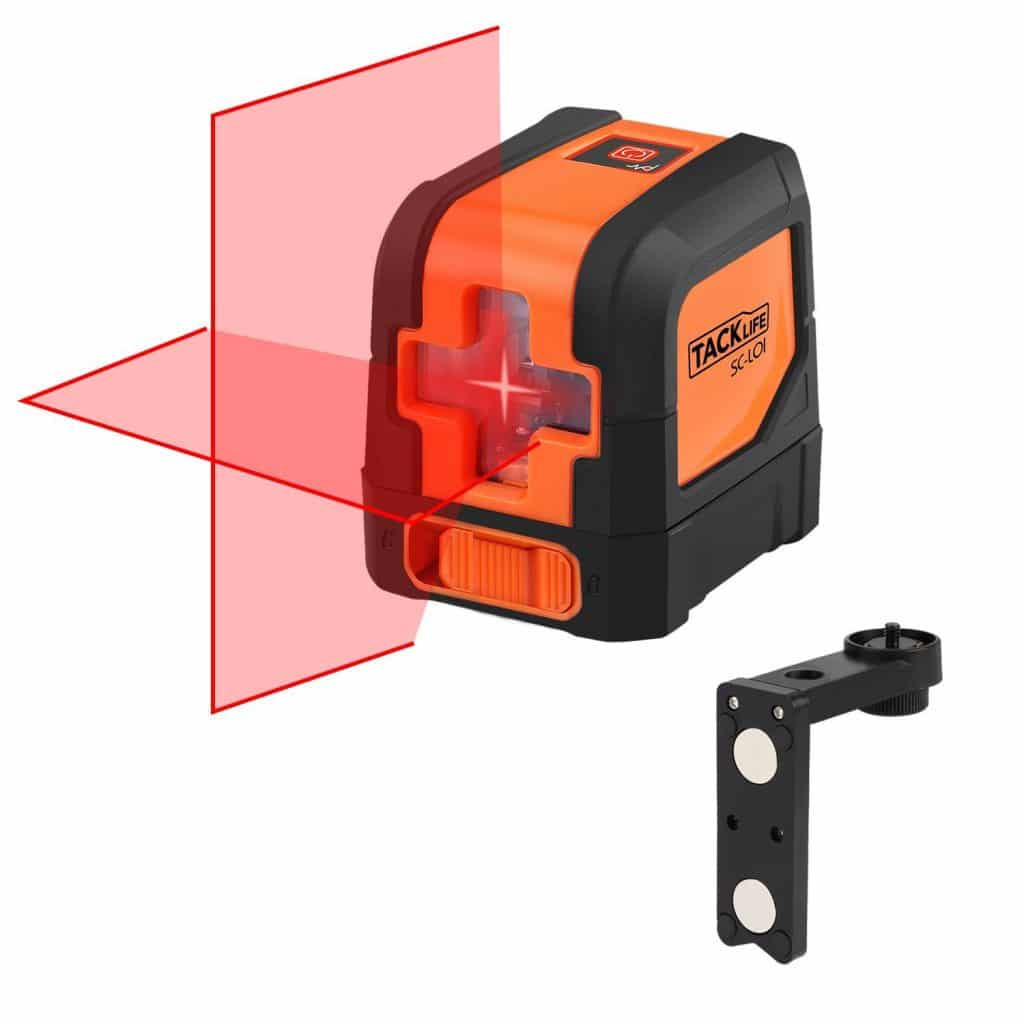
The majority of rotary laser levels are powered by rechargeable batteries, which makes them highly portable for use at an on-site project. However, battery life is a real concern with any tool that uses batteries. Look for models that have a sufficient battery life for your needs or for which a spare battery can be purchased separately.
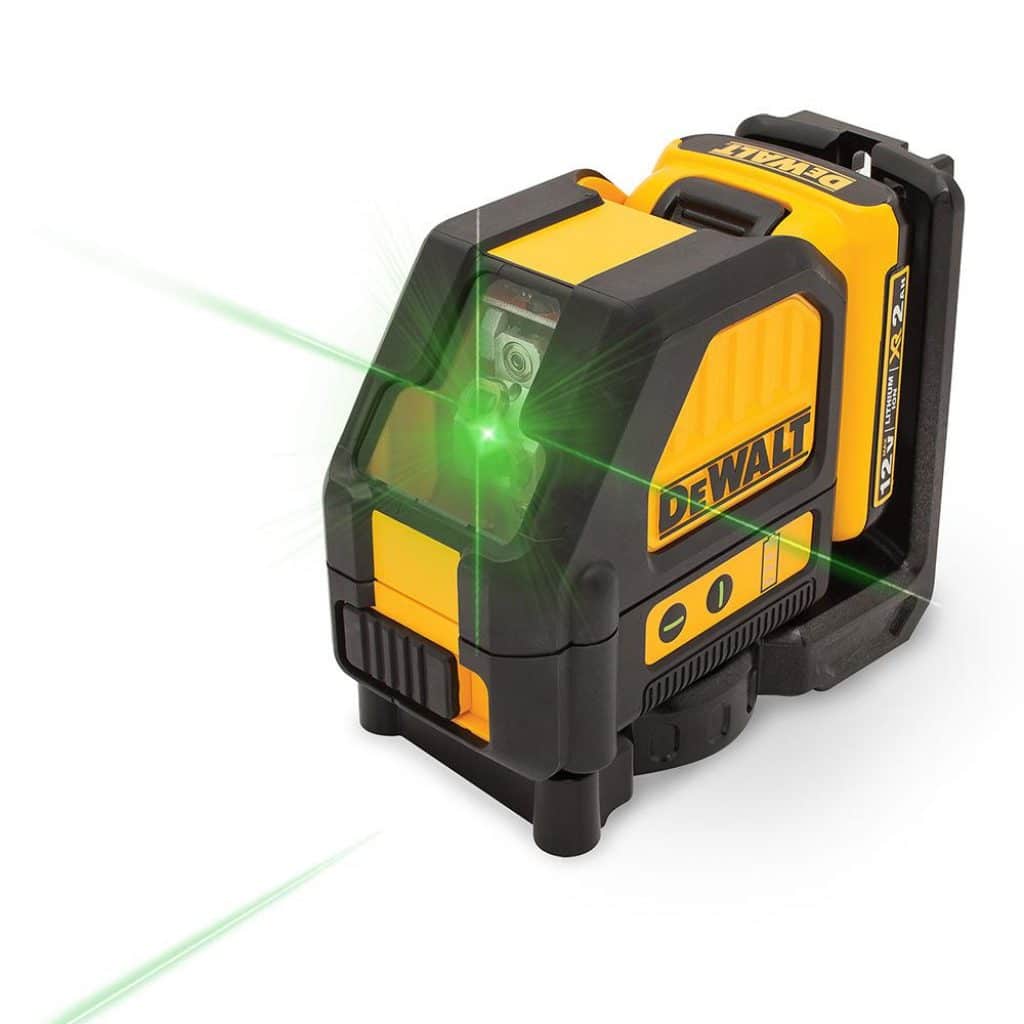
So there you have it! Now you know everything that you need to know to find the best vacuum for laminate floors! Hopefully, this article has been a big help in your search. Best of luck, and have a great day!
